Laravel 9 CRUD Operation Tutorial and Example for Beginners
I will share a simple Laravel 9 CRUD (Create, Read, Update, and Delete) operation a step-by-step guide with examples that is easier to understand.
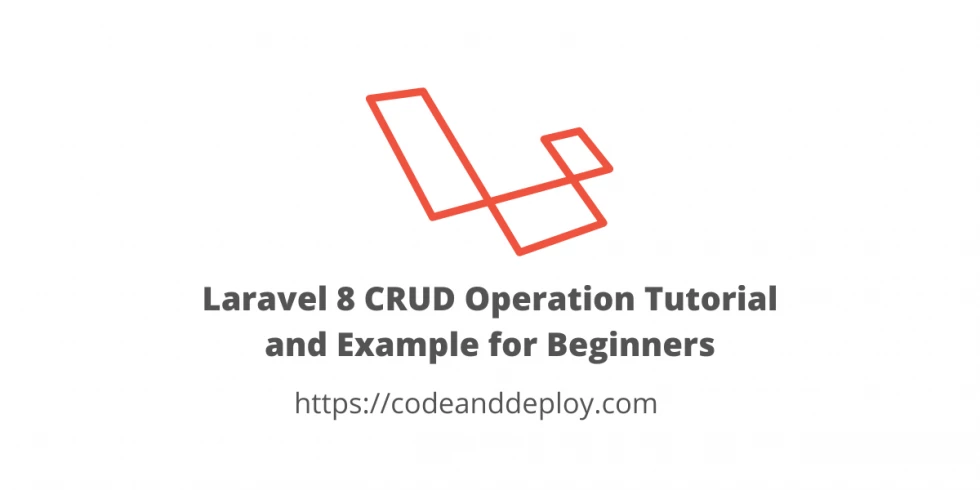
In this post, I will share a simple Laravel CRUD (Create, Read, Update, and Delete) operation a step-by-step guide with examples that can help beginners. When developing a Laravel application you need to know the basics first on how to create, read, update and delete a Laravel CRUD. Don't worry it is a beginner's friendly guide.
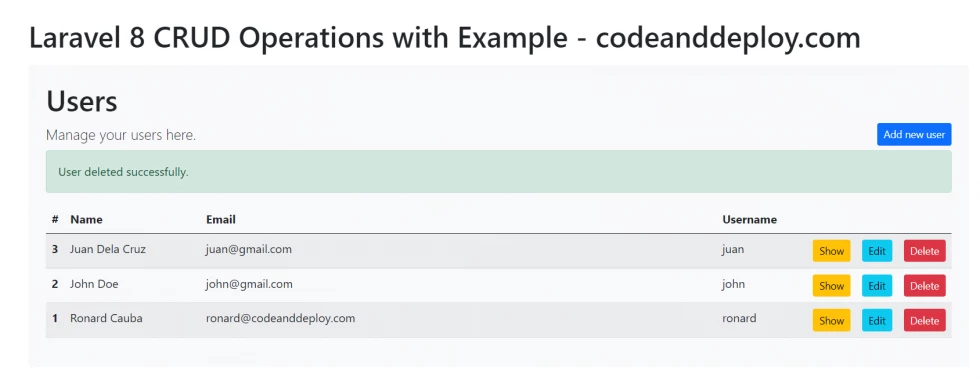
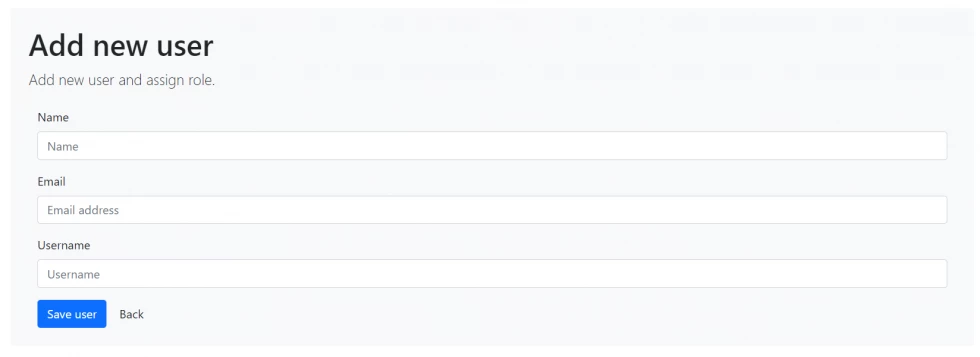

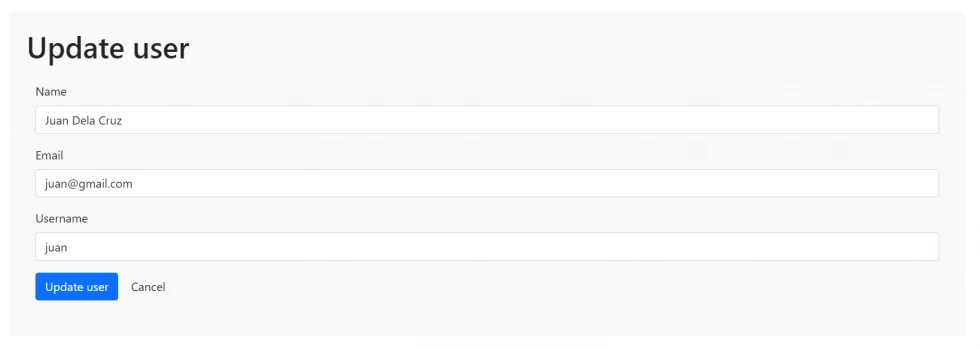
If you don't have a login and registration you can follow my previous tutorial about Laravel 8 authentication.
Step 1: Laravel 8 CRUD Installation
To start our CRUD tutorial we need to install our Laravel 9 first and if you don't have a Laravel 8 installed in your local just run the following command below:
composer create-project --prefer-dist laravel/laravel crudOr clone my previous tutorial that has an authentication already with Laravel.
After you download it and put it in your htdocs folder if you're using xampp. Then run the following command:
composer updateOnce done above we need to install the Laravel Collective Package, run the following command below:
composer require laravelcollective/htmlStep 2: Database Configuration
If your Laravel project is fresh then you need to update your database credentials. Just open the .env file in your Laravel 8 project.
.env
DB_CONNECTION=mysql
DB_HOST=127.0.0.1
DB_PORT=3306
DB_DATABASE=your_database_name_here
DB_USERNAME=your_database_username_here
DB_PASSWORD=your_database_password_hereStep 3: Migration Setup
Let's create a migration for our Laravel crud operation. If you are using a fresh Laravel project we need to customize the user's table because I added the username field in my authentication. Here are the complete migrations below:
<?php
use Illuminate\Database\Migrations\Migration;
use Illuminate\Database\Schema\Blueprint;
use Illuminate\Support\Facades\Schema;
class CreateUsersTable extends Migration
{
/**
* Run the migrations.
*
* @return void
*/
public function up()
{
Schema::create('users', function (Blueprint $table) {
$table->id();
$table->string('name')->nullable();
$table->string('email')->unique();
$table->string('username')->unique();
$table->timestamp('email_verified_at')->nullable();
$table->string('password');
$table->rememberToken();
$table->timestamps();
});
}
/**
* Reverse the migrations.
*
* @return void
*/
public function down()
{
Schema::dropIfExists('users');
}
}
Now let's run the following command below:
php artisan migrateStep 4: Laravel CRUD Operation Routes
In my example, I will create manually my CRUD routes. Just open the "routes/web.php" file and add the following routes.
Route::group(['namespace' => 'App\Http\Controllers'], function()
{
/**
* User Routes
*/
Route::group(['prefix' => 'users'], function() {
Route::get('/', 'UsersController@index')->name('users.index');
Route::get('/create', 'UsersController@create')->name('users.create');
Route::post('/create', 'UsersController@store')->name('users.store');
Route::get('/{user}/show', 'UsersController@show')->name('users.show');
Route::get('/{user}/edit', 'UsersController@edit')->name('users.edit');
Route::patch('/{user}/update', 'UsersController@update')->name('users.update');
Route::delete('/{user}/delete', 'UsersController@destroy')->name('users.destroy');
});
});Step 5: Create Controllers for our Laravel CRUD Example
Now let's create our UserController just run the following command below:
php artisan make:controller UsersControllerAfter running the command above you will find the generated controller to your "App/Http/Controllers". Now let's add our methods for our Laravel crud operation example. Take note that we are using users to do this with a simple example.
In your UsersController you will have these methods:
1. index()
2. create()
3. store()
4. show()
5. edit()
6. update()
7. destroy()
7 methods that will complete our create, read, update and delete operation in Laravel 8.
Here is the complete code of our UsersController below:
<?php
namespace App\Http\Controllers;
use App\Models\User;
use Illuminate\Http\Request;
use App\Http\Requests\StoreUserRequest;
use App\Http\Requests\UpdateUserRequest;
class UsersController extends Controller
{
/**
* Display all users
*
* @return \Illuminate\Http\Response
*/
public function index()
{
$users = User::latest()->paginate(10);
return view('users.index', compact('users'));
}
/**
* Show form for creating user
*
* @return \Illuminate\Http\Response
*/
public function create()
{
return view('users.create');
}
/**
* Store a newly created user
*
* @param User $user
* @param StoreUserRequest $request
*
* @return \Illuminate\Http\Response
*/
public function store(User $user, StoreUserRequest $request)
{
//For demo purposes only. When creating user or inviting a user
// you should create a generated random password and email it to the user
$user->create(array_merge($request->validated(), [
'password' => 'test'
]));
return redirect()->route('users.index')
->withSuccess(__('User created successfully.'));
}
/**
* Show user data
*
* @param User $user
*
* @return \Illuminate\Http\Response
*/
public function show(User $user)
{
return view('users.show', [
'user' => $user
]);
}
/**
* Edit user data
*
* @param User $user
*
* @return \Illuminate\Http\Response
*/
public function edit(User $user)
{
return view('users.edit', [
'user' => $user
]);
}
/**
* Update user data
*
* @param User $user
* @param UpdateUserRequest $request
*
* @return \Illuminate\Http\Response
*/
public function update(User $user, UpdateUserRequest $request)
{
$user->update($request->validated());
return redirect()->route('users.index')
->withSuccess(__('User updated successfully.'));
}
/**
* Delete user data
*
* @param User $user
*
* @return \Illuminate\Http\Response
*/
public function destroy(User $user)
{
$user->delete();
return redirect()->route('users.index')
->withSuccess(__('User deleted successfully.'));
}
}
6. Setup User Model
Kindly see below my User model.
<?php
namespace App\Models;
use Illuminate\Contracts\Auth\MustVerifyEmail;
use Illuminate\Database\Eloquent\Factories\HasFactory;
use Illuminate\Foundation\Auth\User as Authenticatable;
use Illuminate\Notifications\Notifiable;
use Laravel\Sanctum\HasApiTokens;
class User extends Authenticatable
{
use HasApiTokens, HasFactory, Notifiable;
/**
* The database table used by the model.
*
* @var string
*/
protected $table = 'users';
/**
* The attributes that are mass assignable.
*
* @var array
*/
protected $fillable = [
'name',
'email',
'username',
'password',
];
/**
* The attributes that should be hidden for arrays.
*
* @var array
*/
protected $hidden = [
'password',
'remember_token',
];
/**
* The attributes that should be cast to native types.
*
* @var array
*/
protected $casts = [
'email_verified_at' => 'datetime',
];
/**
* Always encrypt password when it is updated.
*
* @param $value
* @return string
*/
public function setPasswordAttribute($value)
{
$this->attributes['password'] = bcrypt($value);
}
}
Step 7: Add Blade Files for Our Laravel CRUD
In this last step, we will add our layouts and blades in order to display our Laravel CRUD examples.
In this example in my views I have these files:
layouts/app-master.blade.php
layouts/partials/navbar.blade.php
layouts/partials/messages.blade.php
users/create.blade.php
users/edit.blade.php
users/index.blade.php
users/show.blade.php
See below of our codes of the above views:
resources/views/layouts/app-master.blade.php
<!doctype html>
<html lang="en">
<head>
<meta charset="utf-8">
<meta name="viewport" content="width=device-width, initial-scale=1">
<meta name="description" content="">
<meta name="author" content="Mark Otto, Jacob Thornton, and Bootstrap contributors">
<meta name="generator" content="Hugo 0.87.0">
<title>Fixed top navbar example · Bootstrap v5.1</title>
<!-- Bootstrap core CSS -->
<link href="{!! url('assets/bootstrap/css/bootstrap.min.css') !!}" rel="stylesheet">
<style>
.bd-placeholder-img {
font-size: 1.125rem;
text-anchor: middle;
-webkit-user-select: none;
-moz-user-select: none;
user-select: none;
}
@media (min-width: 768px) {
.bd-placeholder-img-lg {
font-size: 3.5rem;
}
}
.float-right {
float: right;
}
</style>
<!-- Custom styles for this template -->
<link href="{!! url('assets/css/app.css') !!}" rel="stylesheet">
</head>
<body>
@include('layouts.partials.navbar')
<main class="container mt-5">
@yield('content')
</main>
<script src="{!! url('assets/bootstrap/js/bootstrap.bundle.min.js') !!}"></script>
</body>
</html>
resources/views/layouts/partials/navbar.blade.php
<header class="p-3 bg-dark text-white">
<div class="container">
<div class="d-flex flex-wrap align-items-center justify-content-center justify-content-lg-start">
<a href="/" class="d-flex align-items-center mb-2 mb-lg-0 text-white text-decoration-none">
<svg class="bi me-2" width="40" height="32" role="img" aria-label="Bootstrap"><use xlink:href="#bootstrap"/></svg>
</a>
<ul class="nav col-12 col-lg-auto me-lg-auto mb-2 justify-content-center mb-md-0">
<li><a href="{{ route('home.index') }}" class="nav-link px-2 text-white">Home</a></li>
@auth
<li><a href="{{ route('users.index') }}" class="nav-link px-2 text-white">Users</a></li>
@endauth
</ul>
<form class="col-12 col-lg-auto mb-3 mb-lg-0 me-lg-3">
<input type="search" class="form-control form-control-dark" placeholder="Search..." aria-label="Search">
</form>
@auth
{{auth()->user()->name}}
<div class="text-end">
<a href="{{ route('logout.perform') }}" class="btn btn-outline-light me-2">Logout</a>
</div>
@endauth
@guest
<div class="text-end">
<a href="{{ route('login.perform') }}" class="btn btn-outline-light me-2">Login</a>
<a href="{{ route('register.perform') }}" class="btn btn-warning">Sign-up</a>
</div>
@endguest
</div>
</div>
</header>resources/views/layouts/partials/messages.blade.php
@if(Session::get('success', false))
<?php $data = Session::get('success'); ?>
@if (is_array($data))
@foreach ($data as $msg)
<div class="alert alert-success" role="alert">
<i class="fa fa-check"></i>
{{ $msg }}
</div>
@endforeach
@else
<div class="alert alert-success" role="alert">
<i class="fa fa-check"></i>
{{ $data }}
</div>
@endif
@endifresources/views/users/index.blade.php
@extends('layouts.app-master')
@section('content')
<div class="bg-light p-4 rounded">
<h1>Users</h1>
<div class="lead">
Manage your users here.
<a href="{{ route('users.create') }}" class="btn btn-primary btn-sm float-right">Add new user</a>
</div>
<div class="mt-2">
@include('layouts.partials.messages')
</div>
<table class="table table-striped">
<thead>
<tr>
<th scope="col" width="1%">#</th>
<th scope="col" width="15%">Name</th>
<th scope="col">Email</th>
<th scope="col" width="10%">Username</th>
<th scope="col" width="1%" colspan="3"></th>
</tr>
</thead>
<tbody>
@foreach($users as $user)
<tr>
<th scope="row">{{ $user->id }}</th>
<td>{{ $user->name }}</td>
<td>{{ $user->email }}</td>
<td>{{ $user->username }}</td>
<td><a href="{{ route('users.show', $user->id) }}" class="btn btn-warning btn-sm">Show</a></td>
<td><a href="{{ route('users.edit', $user->id) }}" class="btn btn-info btn-sm">Edit</a></td>
<td>
{!! Form::open(['method' => 'DELETE','route' => ['users.destroy', $user->id],'style'=>'display:inline']) !!}
{!! Form::submit('Delete', ['class' => 'btn btn-danger btn-sm']) !!}
{!! Form::close() !!}
</td>
</tr>
@endforeach
</tbody>
</table>
<div class="d-flex">
{!! $users->links() !!}
</div>
</div>
@endsection
resources/views/users/create.blade.php
@extends('layouts.app-master')
@section('content')
<div class="bg-light p-4 rounded">
<h1>Add new user</h1>
<div class="lead">
Add new user and assign role.
</div>
<div class="container mt-4">
<form method="POST" action="">
@csrf
<div class="mb-3">
<label for="name" class="form-label">Name</label>
<input value="{{ old('name') }}"
type="text"
class="form-control"
name="name"
placeholder="Name" required>
@if ($errors->has('name'))
<span class="text-danger text-left">{{ $errors->first('name') }}</span>
@endif
</div>
<div class="mb-3">
<label for="email" class="form-label">Email</label>
<input value="{{ old('email') }}"
type="email"
class="form-control"
name="email"
placeholder="Email address" required>
@if ($errors->has('email'))
<span class="text-danger text-left">{{ $errors->first('email') }}</span>
@endif
</div>
<div class="mb-3">
<label for="username" class="form-label">Username</label>
<input value="{{ old('username') }}"
type="text"
class="form-control"
name="username"
placeholder="Username" required>
@if ($errors->has('username'))
<span class="text-danger text-left">{{ $errors->first('username') }}</span>
@endif
</div>
<button type="submit" class="btn btn-primary">Save user</button>
<a href="{{ route('users.index') }}" class="btn btn-default">Back</a>
</form>
</div>
</div>
@endsection
resources/views/users/show.blade.php
@extends('layouts.app-master')
@section('content')
<div class="bg-light p-4 rounded">
<h1>Show user</h1>
<div class="lead">
</div>
<div class="container mt-4">
<div>
Name: {{ $user->name }}
</div>
<div>
Email: {{ $user->email }}
</div>
<div>
Username: {{ $user->username }}
</div>
</div>
</div>
<div class="mt-4">
<a href="{{ route('users.edit', $user->id) }}" class="btn btn-info">Edit</a>
<a href="{{ route('users.index') }}" class="btn btn-default">Back</a>
</div>
@endsection
resources/views/users/edit.blade.php
@extends('layouts.app-master')
@section('content')
<div class="bg-light p-4 rounded">
<h1>Update user</h1>
<div class="lead">
</div>
<div class="container mt-4">
<form method="post" action="{{ route('users.update', $user->id) }}">
@method('patch')
@csrf
<div class="mb-3">
<label for="name" class="form-label">Name</label>
<input value="{{ $user->name }}"
type="text"
class="form-control"
name="name"
placeholder="Name" required>
@if ($errors->has('name'))
<span class="text-danger text-left">{{ $errors->first('name') }}</span>
@endif
</div>
<div class="mb-3">
<label for="email" class="form-label">Email</label>
<input value="{{ $user->email }}"
type="email"
class="form-control"
name="email"
placeholder="Email address" required>
@if ($errors->has('email'))
<span class="text-danger text-left">{{ $errors->first('email') }}</span>
@endif
</div>
<div class="mb-3">
<label for="username" class="form-label">Username</label>
<input value="{{ $user->username }}"
type="text"
class="form-control"
name="username"
placeholder="Username" required>
@if ($errors->has('username'))
<span class="text-danger text-left">{{ $errors->first('username') }}</span>
@endif
</div>
<button type="submit" class="btn btn-primary">Update user</button>
<a href="{{ route('users.index') }}" class="btn btn-default">Cancel</button>
</form>
</div>
</div>
@endsection
Additional:
In your App\Providers\AppServiceProvider class, you need to add the code below inside the boot() function to support the bootstrap paginator.
Paginator::useBootstrap();Complete code:
<?php
namespace App\Providers;
use Illuminate\Pagination\Paginator;
use Illuminate\Support\ServiceProvider;
class AppServiceProvider extends ServiceProvider
{
/**
* Register any application services.
*
* @return void
*/
public function register()
{
//
}
/**
* Bootstrap any application services.
*
* @return void
*/
public function boot()
{
Paginator::useBootstrap();
}
}
Now you have your crud (create, read, update, delete) operations in Laravel 8. You can test it and run the following command:
php artisan serveThen to your browser navigate this URL:
http://localhost:8000/usersI hope it helps. Thank you for reading. Don't forget to share with your friends if you think this is helpful. Download the source code below to run and test it.
Happy coding :)

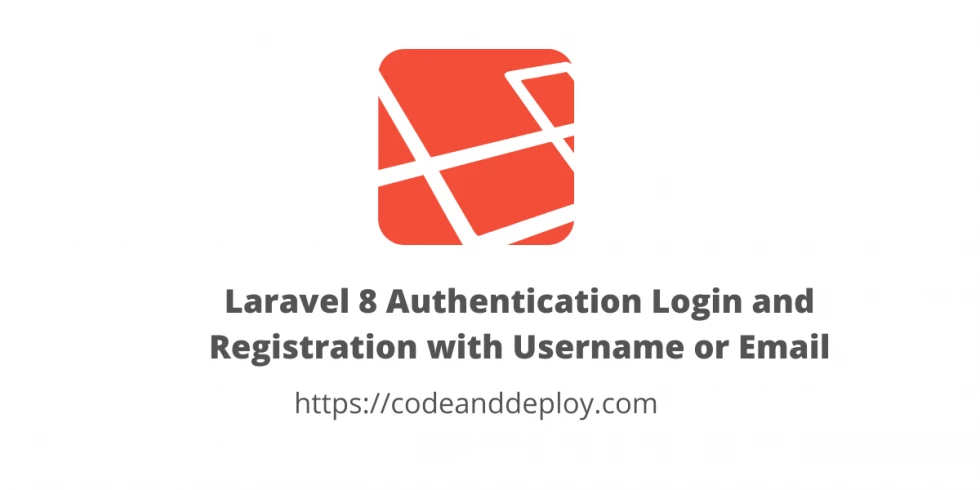
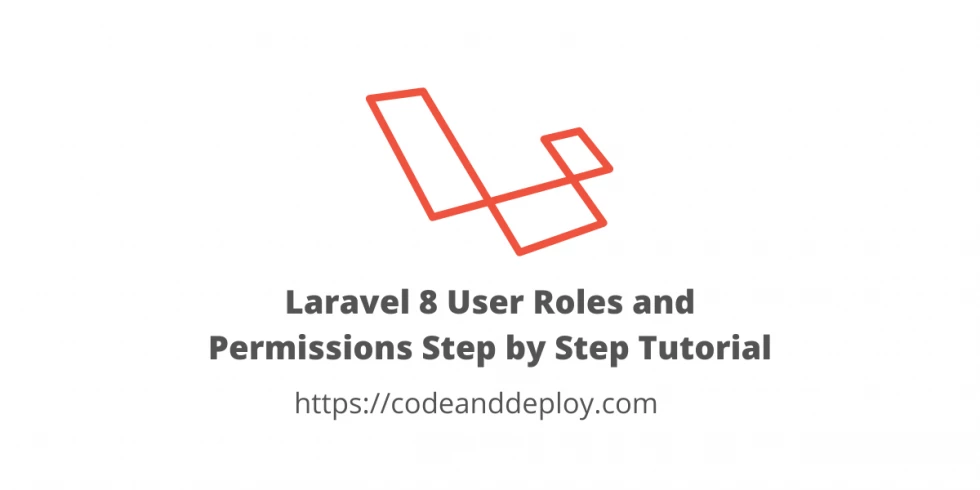
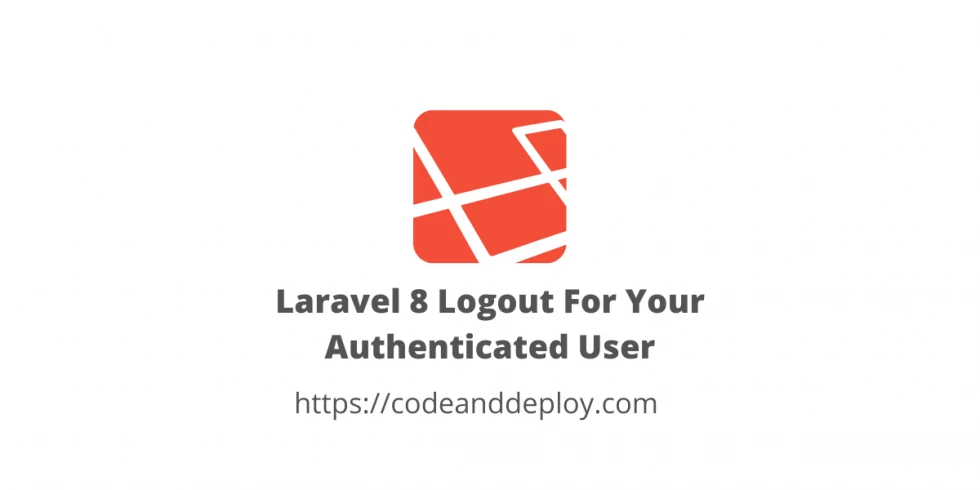
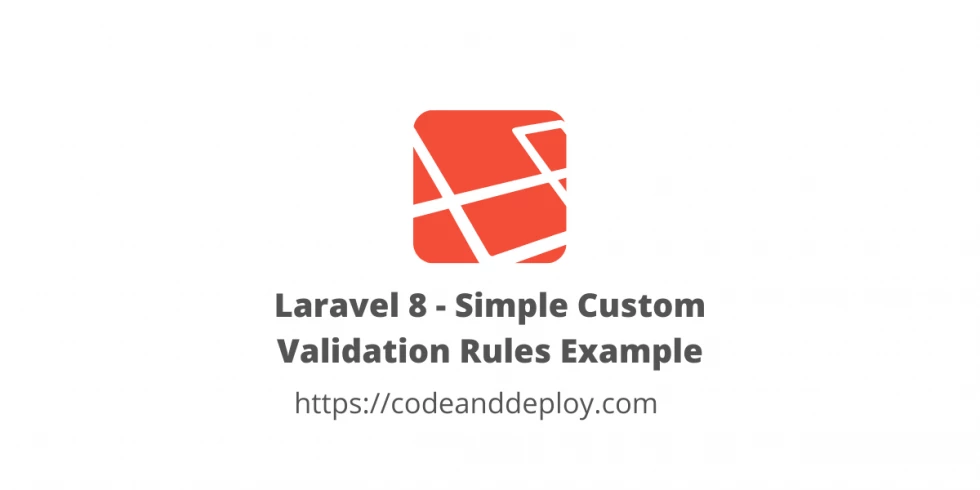
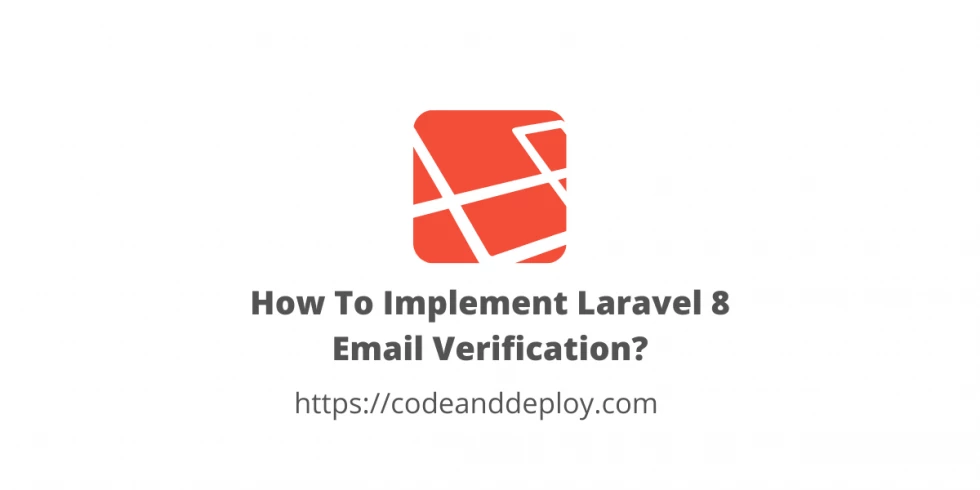
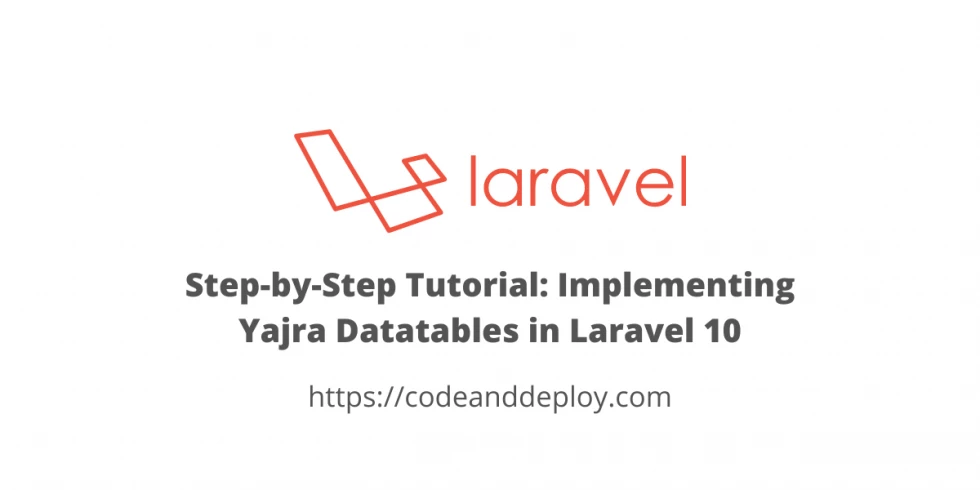
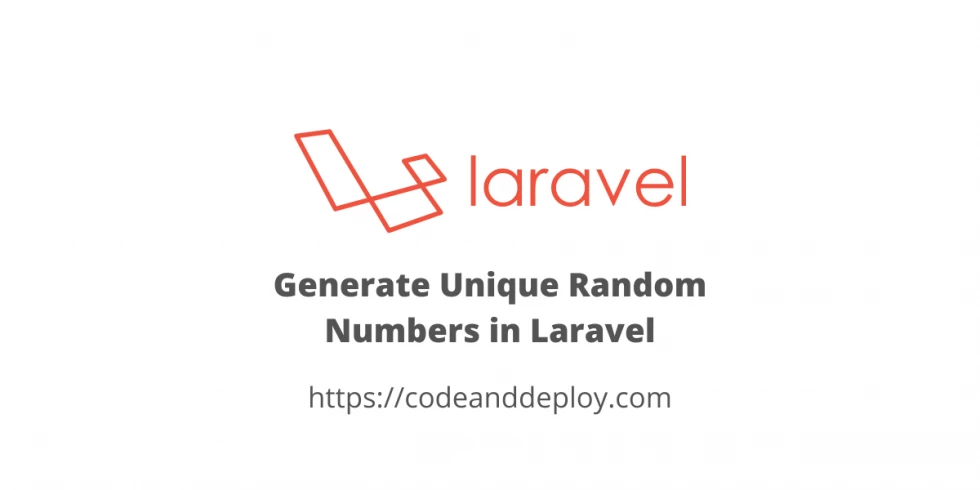

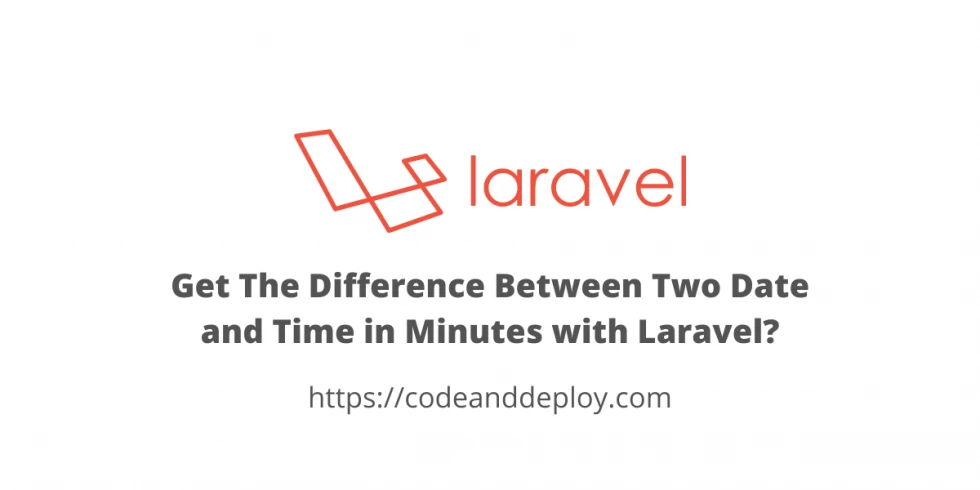
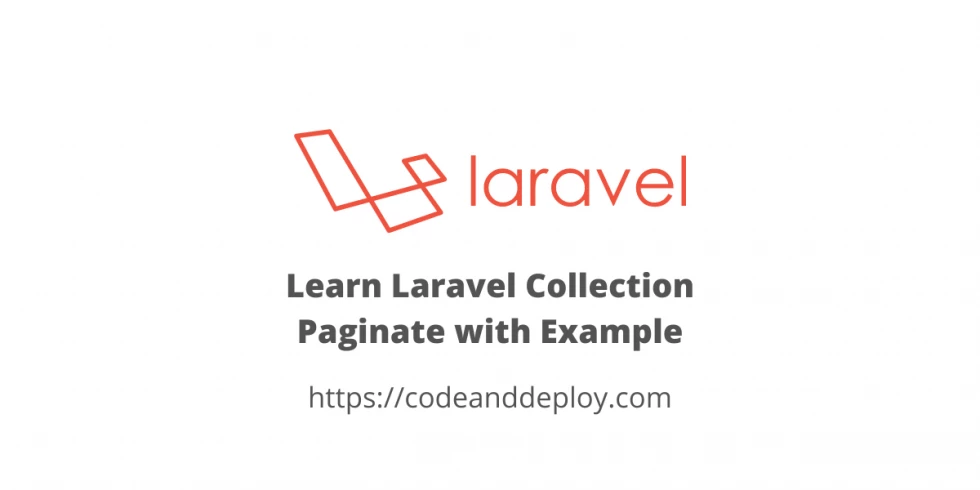
Leave a Comment